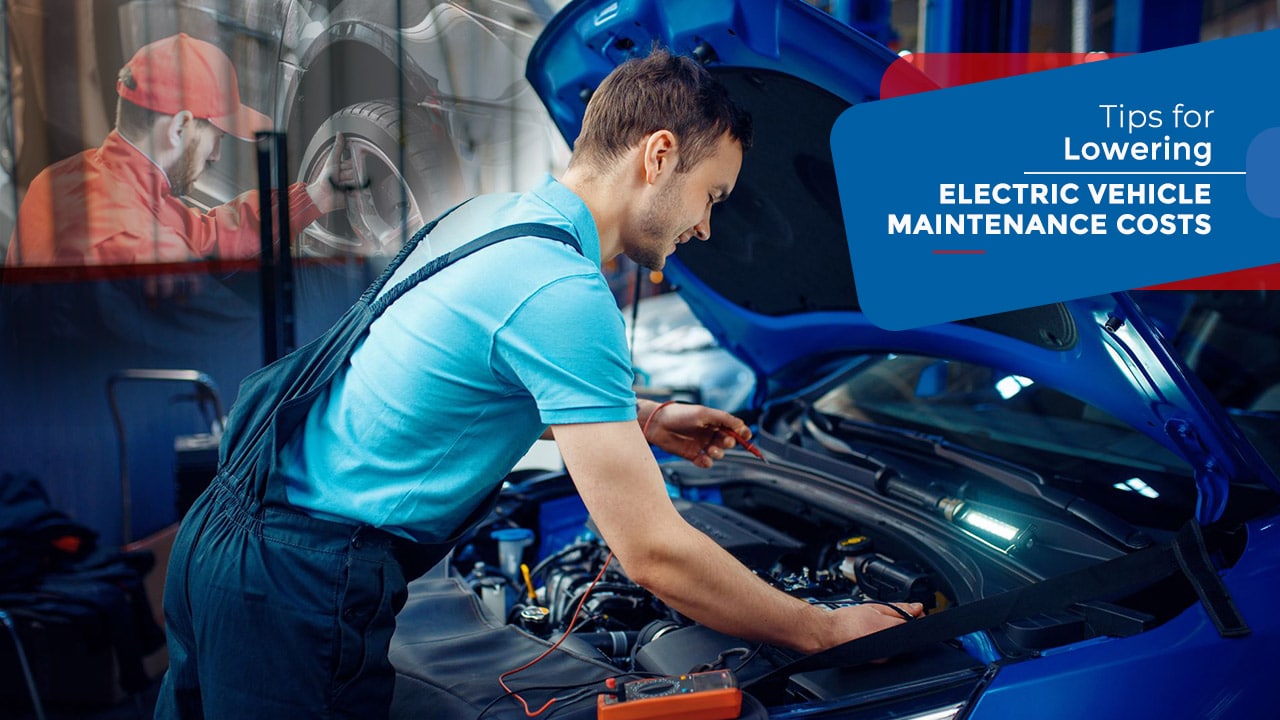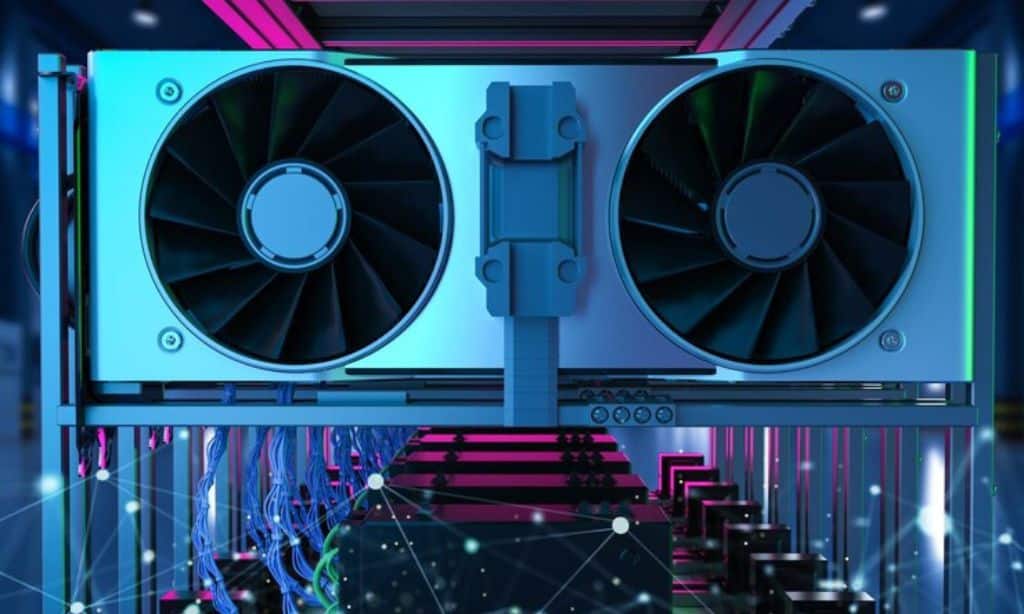Electric vehicles (EVs) are gaining popularity due to their eco-friendliness, lower running costs, and reduced maintenance needs compared to traditional internal combustion engine (ICE) vehicles. However, proper care is essential to maximize savings and extend the lifespan of your EV.
By adopting smart maintenance practices, you can significantly reduce your electric vehicle maintenance costs while ensuring optimal performance and reliability.
In this article, we’ll explore 10 actionable tips to lower electric vehicle maintenance costs, providing you with practical advice to make the most of your EV investment.
Why Electric Vehicles Have Lower Maintenance Costs
Electric vehicles have simpler designs and fewer moving parts than ICE vehicles, making them inherently cheaper to maintain.
Key reasons include:
- No Oil Changes: EVs don’t have engines that require oil changes.
- Regenerative Braking: This reduces wear on brake pads and rotors by using the electric motor to slow down the vehicle.
- Fewer Fluids: EVs only require minimal fluids like coolant for battery cooling systems.
- Simpler Drivetrain: With no spark plugs, timing belts, or exhaust systems, there’s less that can fail or require replacement.
| Aspect | Electric Vehicles (EVs) | Internal Combustion Engines (ICE) |
| Oil Changes | Not required | Regularly needed |
| Brake Wear | Reduced due to regenerative braking | Higher wear and tear |
| Moving Parts | Fewer components in drivetrain | Many moving parts requiring upkeep |
| Fluids | Minimal fluids to replace | Multiple fluids like oil, coolant |
1. Regularly Check and Maintain Your Battery
The battery is the most expensive component of an EV, so maintaining its health is crucial for reducing long-term costs. Proper care can extend battery life and prevent costly replacements.
| Battery Maintenance Task | Why It’s Important | Frequency |
| Avoid overcharging | Prevents long-term battery damage | Every charge cycle |
| Charge to 80% for daily use | Extends battery lifespan | Daily |
| Use certified chargers | Reduces risk of malfunction | Always |
| Monitor battery health | Detects early signs of degradation | Monthly or as recommended by the manufacturer |
2. Take Advantage of Regenerative Braking
Regenerative braking converts kinetic energy into electricity, which is stored in the battery. This system not only improves efficiency but also reduces wear on brake pads and rotors.
| Regenerative Braking Benefit | Impact on Costs |
| Reduces brake pad wear | Saves money on frequent replacements |
| Improves energy efficiency | Extends range per charge |
| Converts energy into electricity | Charges the battery while driving |
3. Schedule Routine Software Updates
Modern EVs rely heavily on software for diagnostics and performance optimization. Over-the-air (OTA) updates improve efficiency, fix bugs, and even add new features without requiring a visit to a service center.
| Software Update Benefit | Why It’s Important |
| Improved energy efficiency | Maximizes range |
| Bug fixes | Prevents potential malfunctions |
| New features | Enhances user experience |
4. Keep Tires Properly Maintained
Tires are critical for safety, efficiency, and performance in EVs. Due to their heavier weight, EVs place more stress on tires compared to ICE vehicles.
Tire Maintenance Tips:
- Check Tire Pressure Monthly: Underinflated tires reduce range and increase wear.
- Rotate Tires Regularly: Rotate every 5,000–7,500 miles for even wear.
- Opt for EV-Specific Tires: These are designed to handle higher torque and weight.
| Tire Maintenance Task | Why It’s Important | Frequency |
| Check tire pressure | Ensures optimal range and safety | Monthly |
| Rotate tires | Promotes even wear | Every 5,000–7,500 miles |
| Inspect tread depth | Prevents accidents due to worn-out tires | Every 3 months |
5. Monitor Cooling Systems
EV batteries rely on cooling systems to maintain optimal operating temperatures and prevent overheating. Neglecting these systems can lead to reduced battery efficiency or costly repairs.
Cooling System Maintenance Tips:
- Inspect coolant levels regularly and top up as needed using manufacturer-recommended fluids.
- Schedule professional inspections annually or as recommended by your EV manufacturer.
| Cooling System Task | Why It’s Important | Frequency |
| Check coolant levels | Prevents overheating | Monthly |
| Inspect cooling system | Detects leaks or blockages | Annually |
6. Use Home Charging Stations Wisely
Charging your EV at home is one of the most cost-effective ways to power your vehicle, but improper charging habits can increase expenses over time.
Tips for Cost-Efficient Home Charging:
- Charge during off-peak hours when electricity rates are lower.
- Invest in a certified Level 2 home charger for faster charging.
- Avoid frequent fast charging as it can accelerate battery degradation.
| Charging Habit | Why It’s Important | Frequency |
| Charge during off-peak hours | Saves money on electricity bills | Daily |
| Use certified chargers | Ensures safe and efficient charging | Always |
| Avoid frequent fast charging | Prevents long-term battery degradation | As much as possible |
7. Avoid Excessive Weight in Your EV
Carrying unnecessary weight puts extra strain on your EV’s components like tires, suspension, and battery, reducing efficiency and increasing maintenance costs.
How to Reduce Excess Weight:
- Remove unused roof racks or heavy items from the trunk.
- Pack only essentials when traveling long distances.
| Action | Impact on Maintenance Costs |
| Remove unused roof racks | Improves aerodynamics and efficiency |
| Avoid overloading | Reduces strain on tires and suspension |
| Pack light for trips | Maximizes range and reduces energy usage |
8. Perform Regular Inspections of Electrical Components
Electrical components like wiring, connectors, and charging ports are vital for your EV’s functionality. Regular inspections help identify issues early before they become costly repairs.
Inspection Checklist:
- Look for signs of wear or corrosion on connectors and cables.
- Clean charging ports regularly using a dry cloth or manufacturer-recommended cleaner.
- Test electrical systems periodically during routine maintenance checks.
| Component | What to Check For | Frequency |
| Wiring | Corrosion or frayed wires | Every 6 months |
| Charging ports | Dirt or debris buildup | Monthly |
| Connectors | Loose or damaged connections | Every 3 months |
9. Follow Manufacturer’s Maintenance Schedule
Every EV comes with a recommended maintenance schedule tailored to its specific design and components. Following this schedule ensures all critical systems are inspected at the right intervals.
Key Maintenance Tasks:
- Battery health checks every year or as recommended.
- Brake system inspections every 12 months.
- Software updates as notified by the manufacturer.
| Task | Why It’s Important | Frequency |
| Battery health check | Detects early signs of degradation | Annually |
| Brake inspections | Ensures safety and reduces wear | Annually |
| Software updates | Optimizes performance | As notified |
10. Invest in Extended Warranties or Service Plans
While EVs generally have lower maintenance costs, certain repairs—like battery replacements—can be expensive if they occur outside the warranty period.
Benefits of Extended Warranties:
- Coverage for high-cost repairs like battery replacement or motor issues.
- Peace of mind knowing unexpected expenses are minimized.
- Tailored service plans designed specifically for EV owners.
| Warranty Feature | Why It’s Beneficial |
| Battery replacement coverage | Protects against high-cost repairs |
| Motor repair coverage | Reduces financial burden for critical issues |
| Comprehensive service plans | Covers routine maintenance tasks |
Takeaway
Electric vehicles already offer significant savings compared to gas-powered cars, but following these tips can help you further lower electric vehicle maintenance costs while ensuring optimal performance and longevity.
From maintaining your battery health and taking advantage of regenerative braking to following your manufacturer’s maintenance schedule and investing in extended warranties, proactive care is key to maximizing savings with your EV.
By adopting these strategies today, you’ll not only save money but also enjoy a smoother driving experience while contributing positively to a sustainable future!








































